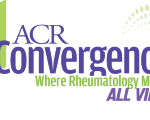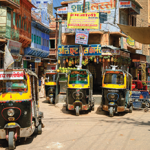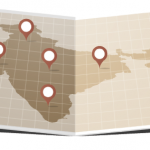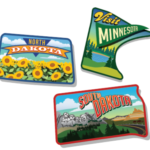While in South Dakota, Dr. Mohan practiced at Avera-McKennan Hospital, where some patients had to drive several hours to see her. For example, Native American reservations such as Rosebud and Pine Ridge were 250 miles to 350 miles away, respectively. Patients there were referred to the city by their community hospital’s primary care physicians because subspecialists on the reservations were rare. The Indian Health System would usually arrange transportation, says Dr. Mohan.
These patients usually had much worse diseases than other patients Dr. Mohan and her colleagues saw. If they had rheumatoid arthritis (RA), it was usually advanced, she says. If they had lupus, they were much sicker than other patients. “This was partly due to a delayed referral or because they sought medical care too late,” she says. “These patients also had a much more stoic attitude toward their physical ailments.”
Coordinating ongoing care for Native Americans on reservations and other people living in rural communities was challenging, says Dr. Mohan. For example, patients taking methotrexate for RA should ideally undergo blood work every two months. “But we couldn’t follow algorithms by the book for practical reasons,” she says.
Rural Challenges
Farmers needing to drive to Sioux Falls had to overcome obstacles such as gas prices, icy roads during the winter, or missing a day of work during harvest season. “We had to find other ways to monitor their disease and medications,” says Dr. Mohan. “We would tell them, ‘If A, B, or C happens, call me right away so we can arrange care.’”
Unfortunately, some patients on the reservations did not have enough money to make a phone call or did not own a phone, notes Dr. Mohan. Additionally, medical care and compliance were compromised by issues such as substance abuse, alcoholism, and unemployment, she explains. Other problems were lack of education and lower socioeconomic status—the Pine Ridge Reservation is located in one of the poorest counties in the United States, according to the Bureau of Economic Analysis.
Dr. Mohan is currently assistant professor of medicine at the University of Pittsburgh Medical Center in a city she describes as “a midway point between the extremes of living in a big city on the east coast and a typical midwestern town in the heartland.” She still thinks about the challenges of delivering rheumatologic care in rural settings, though.
One way to overcome some of the many hurdles associated with treating rheumatology patients in rural South Dakota is to establish an outreach program, says Dr. Mohan. “The problem is, there is a shortage of rheumatologists across the country and we tend to be concentrated in bigger towns and cities,” she says. But even if rheumatologists could do a couple of outreach clinics in these communities just once or twice a month, it would help to improve care.”



